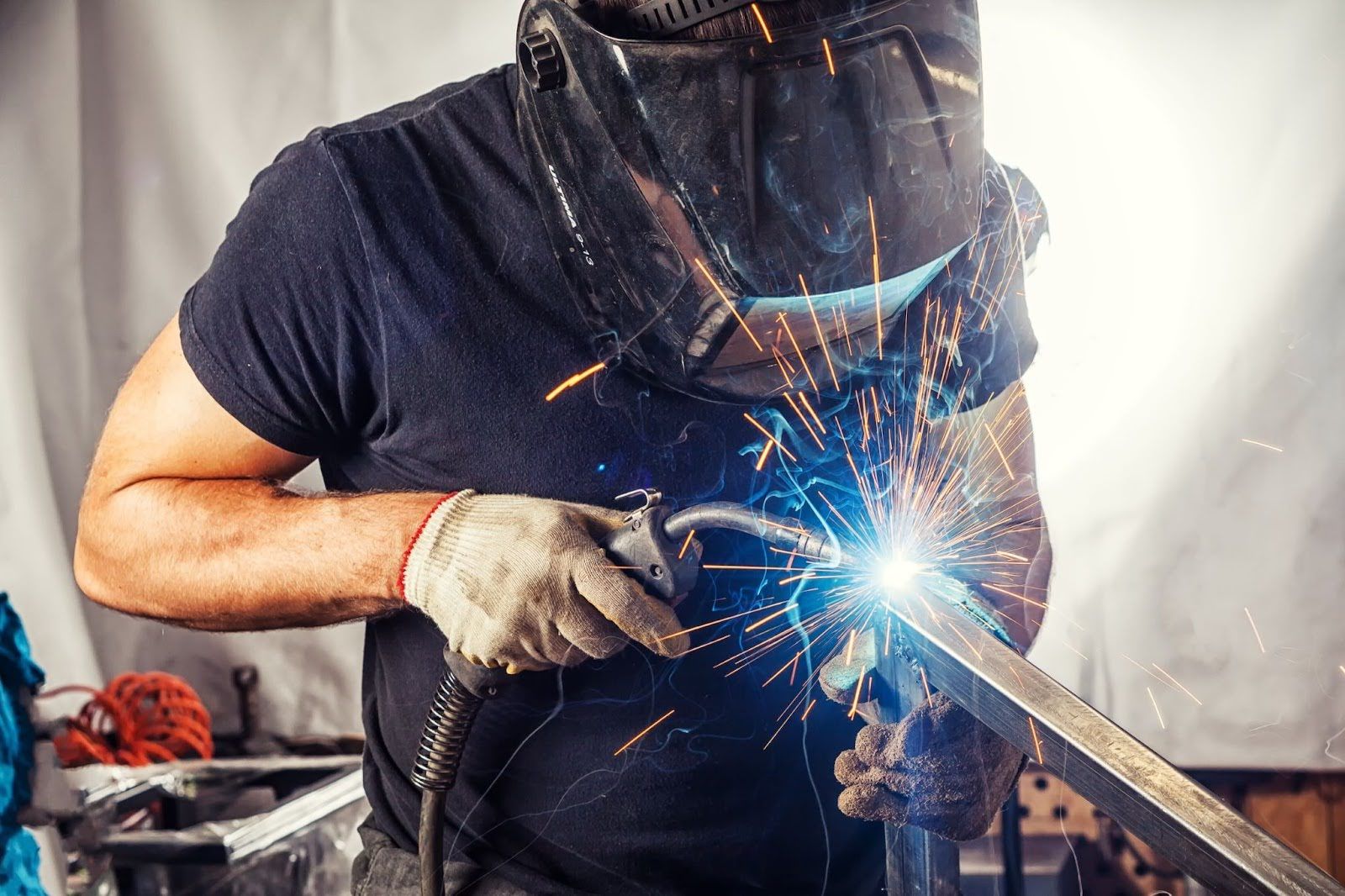Preventing Weld Undercut Made Easy: Key Techniques Revealed
Preventing Weld Undercut Made Easy: Key Techniques Revealed
Blog Article
Recognizing the Causes and Solutions for Undercut Welding in Steel Construction Processes
In the realm of metal manufacture procedures, the event of undercut welding postures a substantial obstacle that requires a detailed understanding of its causes and practical services. The elaborate interplay of various variables throughout welding procedures can result in this undesirable phenomenon, influencing the architectural stability and overall quality of the bonded joints - Preventing weld undercut. By exploring the source of undercut welding and discovering reliable restorative measures, makers can boost the requirement of their workmanship and make certain the manufacturing of perfect metal parts
Typical Reasons For Undercut Welding
Often ignored in metal manufacture, undercut welding happens due to numerous elements that require careful attention and proficiency to be successfully reduced. One usual cause of undercut welding is excessive warm input. When the heat input is also high, it can result in the melting and succeeding erosion of the base product along the edges of the weld joint, producing a groove or undercut. Additionally, incorrect welding techniques, such as utilizing the incorrect welding angle or travel rate, can also add to damage formation. Insufficient shielding gas protection is another crucial variable that can lead to damaging. Insufficient gas protection falls short to protect the weld pool adequately, resulting in oxidation and undercut issues. Furthermore, the option of welding criteria, such as voltage, current, and cable feed rate, plays a substantial role in the occurrence of undercut welding. Comprehending these typical reasons is crucial for carrying out preventative measures and guaranteeing top notch welds in steel fabrication processes.
Effect of Incorrect Welding Parameters
Incorrect welding specifications can substantially endanger the integrity and high quality of bonded joints in steel manufacture processes. The impact of inaccurate welding specifications shows up in various methods, leading to structural weak points and flaws in the bonded parts. Meticulous attention to welding parameters is vital to make sure the manufacturing of high-grade welds with the desired mechanical residential or commercial properties and structural stability.
Impact of Improper Torch Angle
Incorrect torch angle in welding operations can considerably affect the high quality and integrity of the final weld joints in metal fabrication processes. The lantern angle plays an essential role in determining the heat input and circulation throughout welding. When the torch angle is inaccurate, problems such as undercutting can occur. Undercutting is a common welding issue where a groove creates along the weld toe, deteriorating the joint and jeopardizing its structural integrity.
A lantern angle that is as well steep can lead to not enough penetration, incomplete blend, and boosted spatter. On the other hand, a torch angle that is also shallow can result in too much penetration, burn-through, and distortion of the base product. Preventing weld undercut. Correct torch angle is essential for ensuring regular weld high quality, toughness, and look
To avoid damaging and other defects triggered by improper lantern angles, web welders should be educated to preserve the correct lantern angle throughout the welding process. Normal monitoring and change of torch angles throughout welding can help attain sound welds with minimal problems.
Duty of Inadequate Welding Methods

Another element of inadequate welding techniques is improper weld prep work. Poor cleansing of the base metals, incorrect joint design, or not enough side prep work can all contribute to undercut welding. Furthermore, inadequate securing gas site here insurance coverage or utilizing the wrong type of gas can cause insufficient combination and the formation of undercut issues.
To deal with the duty of insufficient welding techniques in steel construction procedures, it is necessary to give detailed training for welders. Proper education and learning on welding specifications, joint prep work, and protecting gas selection can assist avoid undercut welding and make certain top notch welds in metal manufacture projects.
Reliable Solutions for Undercut Welding
Attending to undercut welding in metal construction requires carrying out effective options to enhance weld high quality and architectural stability. Among the primary remedies to combat undercut is to readjust welding parameters such as voltage, present, and take a trip speed to make sure proper warmth input and combination. By fine-tuning these settings, welders can protect against excessive melting of the base metal and filler material, reducing the possibility of undercut development.
Additionally, correct joint preparation is essential in stopping undercut. Ensuring clean base steel surface areas devoid of pollutants and making use of the suitable bevel angle can assist advertise better weld penetration and reduce the risk of undercut - Preventing weld undercut. Utilizing appropriate welding strategies, such as weaving or oscillating the torch, can likewise assist in dispersing heat evenly and filling up the weld joint appropriately, reducing the possibility of undercut advice flaws
In addition, picking the correct welding consumables, including electrodes and filler steels, is crucial in mitigating undercut. Using materials with appropriate chemical compositions and mechanical homes can add to accomplishing audio welds with very little undercut. Routine assessment and top quality control procedures must additionally be applied to identify and resolve undercut concerns immediately, making sure the total honesty of made metal elements.

Conclusion
To conclude, understanding the reasons and options for undercut welding in metal fabrication procedures is critical for attaining top notch welds. By resolving typical causes such as wrong welding criteria, incorrect torch angle, and poor welding methods, welders can avoid undercutting and make certain strong, durable welds. It is important to focus on these aspects and execute reliable options to improve the total welding process and end product quality.

Report this page